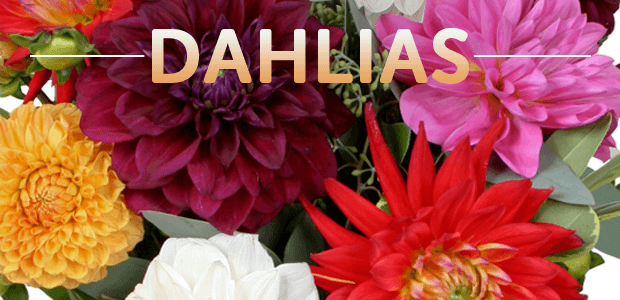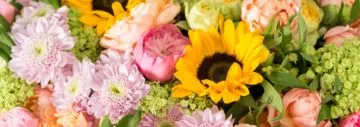 The majestic dahlia is related to the aster, sunflower dandelion and marigold; but its vast variety is what is intriguing to gardeners and florists alike. There are over 20 known dahlia species and thousands of hybrids, resulting in a diversity not often seen in a floral family.
The majestic dahlia is related to the aster, sunflower dandelion and marigold; but its vast variety is what is intriguing to gardeners and florists alike. There are over 20 known dahlia species and thousands of hybrids, resulting in a diversity not often seen in a floral family.
In the 1500s, Spaniards traveling throughout Mexico “discovered“ the flower, which was a food and medicinal source for the local indigenous tribes; they grew them in plots as well as gathering them in the wild. The flower was known to the native peoples as Chichipat, Acocotle or Cocoxochitl’ derived from words that meant “water cane” or “water pipe”, referring to the plants hollow stem. The common name of the dahlia is an homage to famed Swedish botanist Andrea Dahl, although he was not instrumental in bringing the bloom from Mexico to Europe. Because the surname Dahl means “valley”, the dahlia is also often referred to as the valley flower.

Not only does the dahlia have multiple names, and come in many colors, heights and varieties; but it also has a long blooming season, from mid-summer through early frost. With some blooms as large as 12 inches across, and growing to over 20 feet tall in the wild, there is good reason the flower is considered the “queen of the garden”. The dahlia can be utilized in all your fall bouquets regardless of style – from to rustic country to elegant and striking; dahlias are truly the royalty of the fall flowers.
Ask the expert florists at Stadium Flowers for ideas and inspiration as to how to best use dahlias in your fall arrangements. From birthday bouquets to “Get Well Soon”, there is a perfect dahlia for what you need to say. Stop in our Everett or Lynnwood flower shop for these beautiful blooms.


